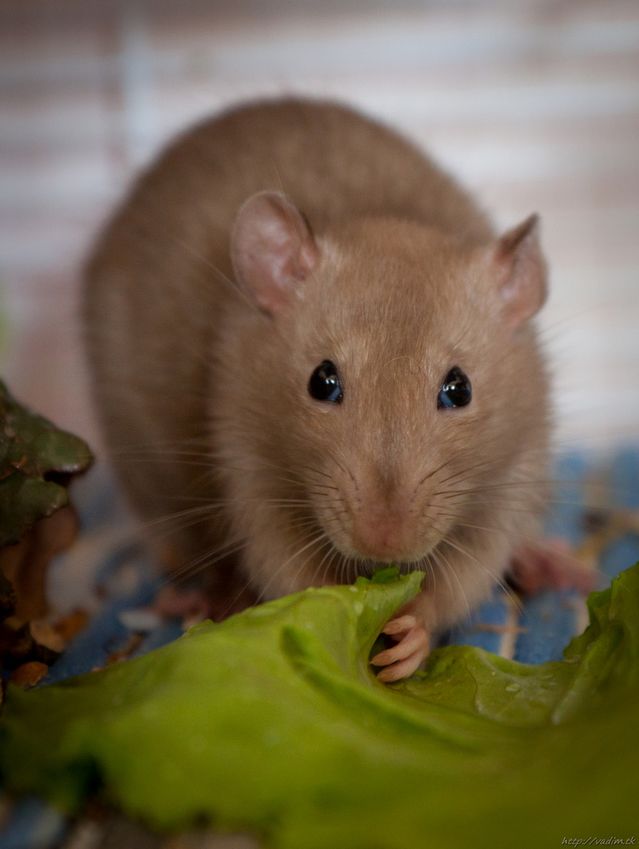Empathy
Rats Feel One Another’s Pain
Emotional mirror neurons underlie feeling others’ pain in rats and people.
Posted April 11, 2019

Researchers from the Netherlands Institute for Neuroscience have demonstrated that specific neurons in the rat brain are active both when a rat experiences pain itself and when it observes another rat in pain. The results, published today in Current Biology, suggest that sharing the emotions of others is a common mammalian trait.
Neuroimaging studies in humans show that a region called the anterior cingulate cortex (ACC) is active both when we feel pain and when we witness the pain of others. This could mean that the ACC contains mirror neurons – cells that fire when we experience pain and also when we see the pain of others. But we can’t test this theory in humans. Recording the activity of individual neurons in the human brain is not possible, nor can scientists modulate activity in the human ACC to determine whether the region is responsible for empathy.
So neuroscientist Christian Keysers and his colleagues turned to rats. While recording the activity of neurons in their ACC, Keysers, and colleagues exposed rats to a painful stimulus (a heat laser on their paw). They also conditioned the rats to associate a specific tone with a mild electroshock on their feet. Once they learned this association, the tone itself triggered a fearful response in the rats. They found that the majority of neurons in the ACC responded vigorously to the pain condition (laser) but not to the fear condition (tone), showing that the neurons selectively encode pain and not just any emotion.
“This is important because when you watch someone cut their finger and you cringe in pain, you feel that the other person is in pain, not just that they have an intense emotion,” says Keyser. “For that, you need neurons that differentiate different emotions. The ones we found in the ACC do that.”

Keysers and his team then had the rats observe while a fellow rat received mild electroshock. They discovered that the very same neurons in the ACC that were active when rats experienced pain themselves also responded when they witnessed another rat in pain.
Additionally, when the researchers suppressed the activity of those cells via injection of a drug, the rats no longer showed the behavioral response – freezing in place – while witnessing other rats receive shocks.
Finally, Keysers and colleagues trained a computer algorithm to read out the pattern of activity of groups of these neurons. They found that the pattern was similar when a rat was experiencing pain itself and when it was witnessing pain in another rat.
“That shows that the brain of the observer represented the pain of the demonstrator using the same patterns, or code, for pain in the self,” says Keysers. “This is critical for empathy because it shows that the pain of other animals really is mirrored in the pattern of activity that is used to represent pain in the self.”
Overall, the results show how the brain enables us to share the pain of others. Emotional mirror neurons in the ACC are triggered by our own pain and witnessing others in pain. This happens in the region of the ACC that is active in human neuroimaging studies of empathy, and it’s the same region where psychopaths show reduced activity. Keysers says this demonstrates that the ability to feel the emotions of others is deeply rooted in our evolution; we likely share the fundamental mechanisms of empathy with rats and other mammals.
References
Carrillo, M., Han, Y., Migliorati, F., Liu, M., Gazzola, V., and Keysers, C. (2019). Emotional mirror neurons in the rat’s anterior cingulate cortex. Current Biology 29: 1-12. Doi: 10.1016/j.cub.2019.03.024.


